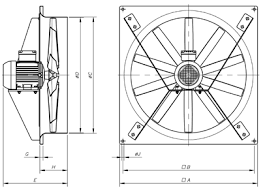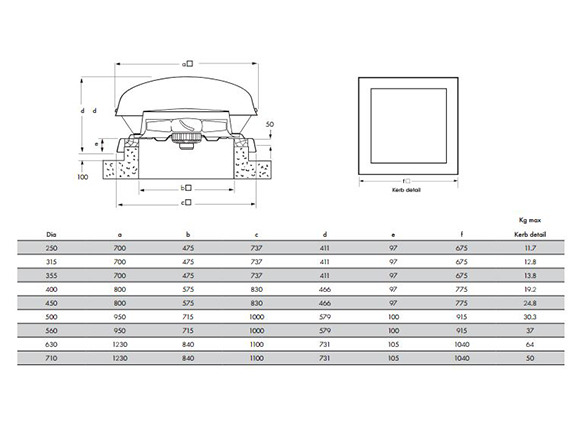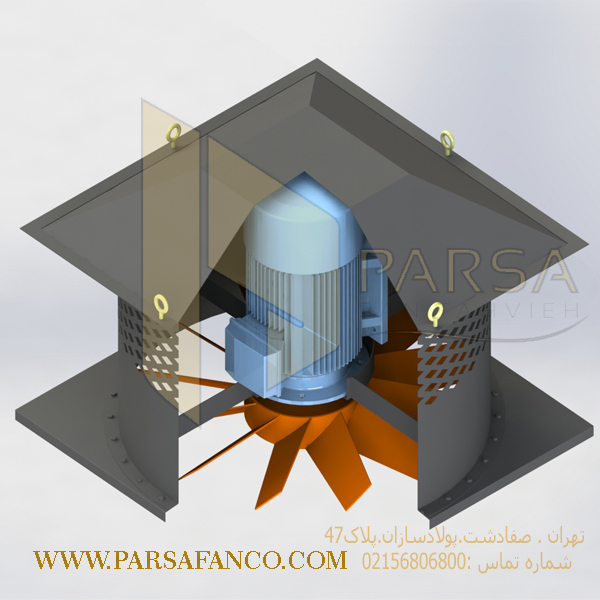Description
Axial industrial ceiling ventilator ParsaFan
There are two types of ParsaFan ceiling fans:
- Ceiling axial ventilation: suitable for small and medium spaces
- Ceiling centrifugal fan: Suitable for large spaces

PARSAFAN Axial industrial ceiling ventilator
In cases where there is little space to install the ventilator or to reduce the noise caused by the ventilators, it is necessary to install the ventilator outside the building, ParsaFan Industrial Axial Ceiling Ventilator is the best option. In addition to the fact that the axial roof ventilator is used for ventilation operations, in many cases, it can prevent accidents such as fires.

Advantages of using Parsa Fan ventilation axial ceiling ventilator:
-
Parsa Fan ceiling axial ventilator motor and propellers have more power than wall axial ventilator.
-
Axial roof ventilator can be installed on the roof and is used in various industries and buildings.
-
Parsafan ceiling axial fans are made of steel or aluminum and their speed can be controlled.
-
By controlling the speed, electricity consumption can be saved.
-
Produces the right volume of air.
Disadvantages of using axial roof ventilators
-
Axial ceiling ventilator will be difficult to install and maintain if installed on the roof.
-
Axial roof ventilator is exposed to dust, wind and rain because it is installed on the roof. Therefore, it is necessary to use the IP standard to make the axial roof ventilator resistant to adverse weather conditions. (IP is an international standard To determine the resistance of an electrical device to dust and water.) Although these types of fans are more expensive, their lifespan and efficiency increase.
Usage of ParsaFan axial ceiling ventilator:
Purpose of installing axial roof ventilator:

Base made of galvanized steel sheet
Engines
Power source:





